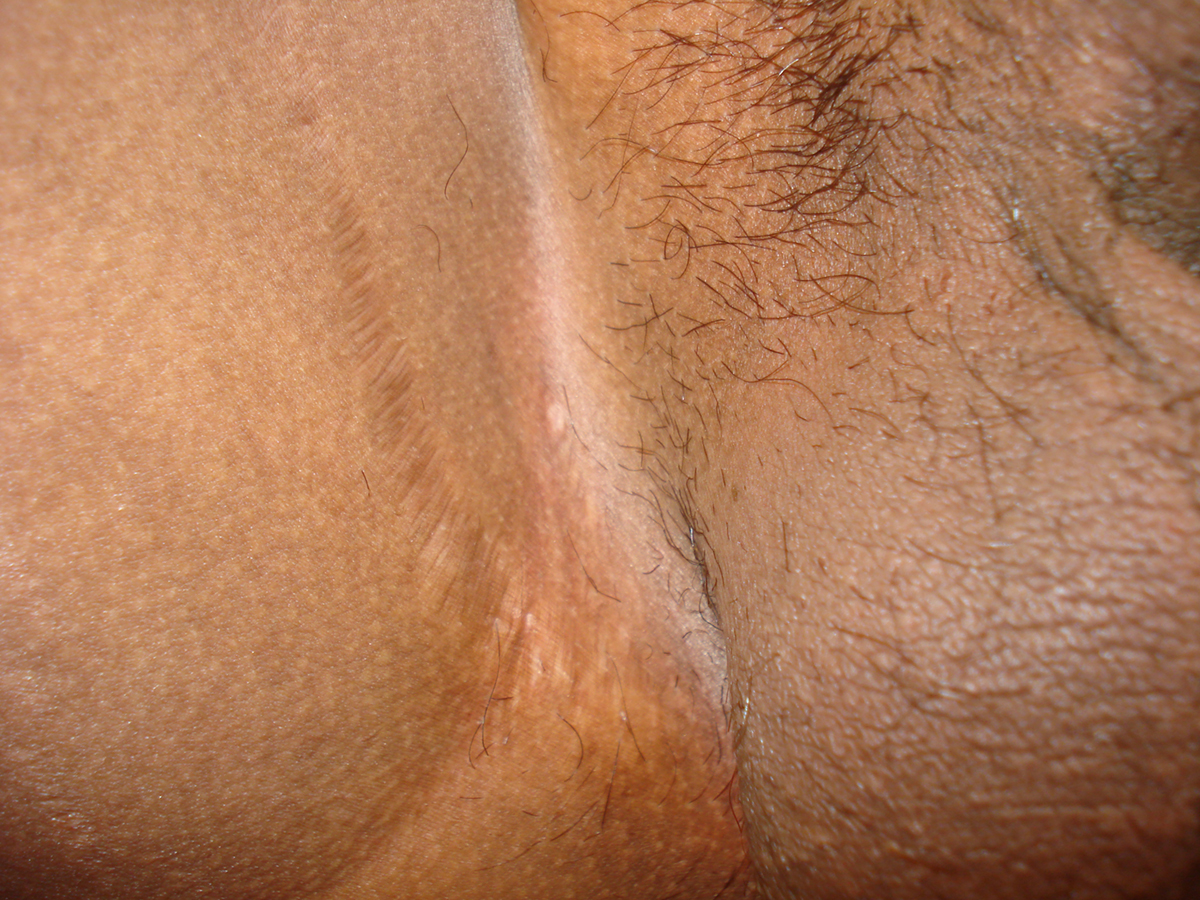
Introduction to groin and leg pain
It has been shown in studies and research that leg and groin injuries and pain are very common in the U.S. Usually pain in the back, groin and leg occurs for similar reasons, which are usually strains, overuse or injuries and trauma.
The groin is made up of the muscles that stretch from the pelvis to the knee and there are five muscles located in that area. This is called the upper thigh region usually and these muscles are used to pull the legs together. Any injury to this muscle group can cause pain in the groin and leg area.
The person will usually notice the pain when they are walking or trying to run or jog, but in severe injuries, pain will be felt when they are resting as well. These muscles might swell from an injury as well.
Causes
The most probably cause for pain in the groin and leg area is a simple groin strain. This occurs, when a muscle in this area ruptures or tears, which usually results from abrupt or rapid movements, especially when playing sports of some kind.
A hernia is another common cause. A hernia is formed when an internal tissue, which could be fat, muscles or intestines for example, bulges through an overlying abdominal wall.
Sciatica is another probable cause, which is a spasmodic and acute leg pain that comes from the buttocks and goes all the way down the leg.
It usually results from pressure being applied to the sciatic nerve.
Injuries and trauma are also causes that are commonly seen. Either a direct blow to the area, a stabbing injury or an accident in which the muscles are twisted into an abnormal condition can cause such pain in the area.
The main will be more serious if the muscle is not only strained but torn as well. Treatment
When a person is experiencing pain in the leg or groin, they are usually recommended to apply the tried and tested RICE treatment technique, which calls for rest, ice, compression and elevation for the area of the body that is in pain. This will provide relief from the pain and decrease the amount of swelling in the legs and groin. If the pain is more significant, then a person can take painkillers to help, and they can also use anti-inflammatory drugs in order to help get rid of the swelling more quickly and efficiently.
When the pain is mild there is usually no need to see a doctor. Minor strains can be treated at home with the RICE technique, however, it is important to rest these muscles until they are completely heeled in order to avoid aggravating the injury and making it worse.







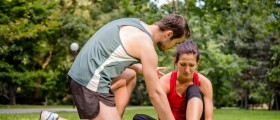
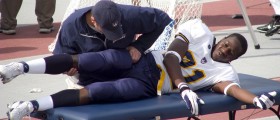
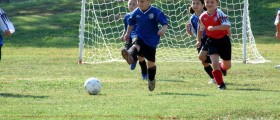


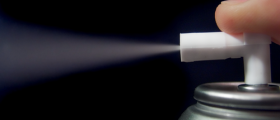




Your thoughts on this
Loading...